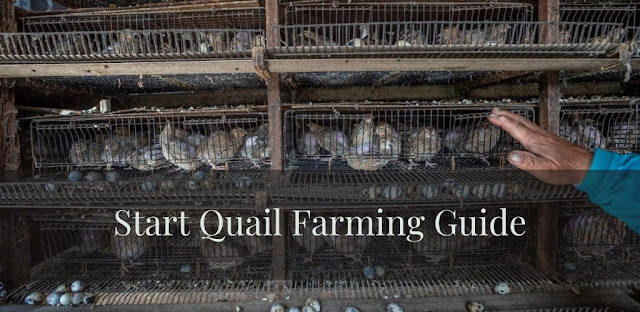Grow Wasabi From Seeds
Wasabi is accustomed to shady river banks high in the Japanese mountains so has evolved to survive in very low light levels. It will need protecting from the summer sun with heavy shade. Under over-hanging branches, behind a tall bush or on the shaded side of a fence or wall are all good spots.
Choose a shaded, well-ventilated spot, avoid window sills and sunny locations.
If you have a pond, wasabi will be happy on the edge provided shade is available.
Caring Wasabi Plant
Wasabi loves its summers cloudy and cool so if the weather is dull you can take solace in the fact the wasabi will be thriving.
If your shade is not sufficient in summer you will notice the leaves yellowing, provide more shade by growing a tall plant on the sunny side or fixing a piece of shade cloth above the wasabi.
A well-established plant will send large heart shaped leaves 60 cm high and a meter wide, making a striking feature in a shady spot where other plants might struggle to gather enough light.
These leaves will die back in winter as all the plant’s energy travels down into the rhizomes that will be forming at the base of the stems. Remove this dead plant material and discard.
Rhizomes are swollen stems, not roots, and they hold the vital goodness that will carry the plant through winter and see it re-grow with vigour the following spring. Wasabi will survive temperatures down to –5ºC. To protect it from those really cold nights, some straw or fleece covering the crown of the plant is a good idea.
Seeds Wasabi
Wasabi begins flowering in January, peaks in April, and ends in May; The seed pods are ripe and ready for harvest 50 to 60 days after flowering is complete. Vernalization, or cold temperature induction of flowering, appears to be a prerequisite; however, the optimum temperature and duration are unknown. Flowers that bloom from late March to early April appear to produce the maximum number of viable seeds, which also have lower dormancy and therefore germinate more quickly than seeds that develop in warm (≥ 73°F) or cold (≤ 46°F) temperatures ( Adachi, 1987).
In general, wasabi seeds have a high dormancy and fail to germinate when they are freshly harvested. In nature, cold winter temperatures break the dormancy of wasabi seeds, and they begin to sprout in February.
Alternatively, artificial cold treatment (stratification) can be used to break seed dormancy. In their study with the cultivars 'Daruma' and 'Shimane', Tatsuyama et al. (1983) found that 41°F for 2 months was optimal for wasabi seed germination. The optimal stratification time and temperature may vary depending on the cultivar, but the specifics are currently unknown. It is recommended to store all varieties of wasabi seeds in an airtight refrigerated container to provide the cold temperatures required for germination.
Wasabi seeds can be planted any time in February to March when the outside temperature range is most likely from 50 to 57°F to achieve the best germination. In Japan, the seedling box method and the bed method are used to start nurseries.
If you follow this Grow Wasabi From Seeds Guide, you can grow wasabi successfully.
Seedling Box Method
The seedling box method uses a planting box about 4 inches deep with drainage holes in the bottom. A 1½-inch layer of well-drained germination or rooting medium such as a vermiculite-perlite-peat mixture will serve as the base.
Wasabi seeds should be sown about 2 inches apart in the planting box and covered with inches of germination mix. An unheated greenhouse is the best place to store boxes, which must be watered to keep the seeds moist. However, it is important not to saturate the potting mix. The seeds should germinate in 20 days.
After the first true leaves (not cotyledons) appear, a diluted liquid fertilizer (1 to 5 lbs N-P-K per acre) should be applied once a week. The black shade cloth will protect the wasabi seedlings from the sun. In 4 to 6 months when the wasabi plant is 2 inches tall and has at least 4 leaves, the seedlings can be transplanted into an outdoor nursery bed in 65% shade. A 50:50 mix of sand and compost will provide good drainage.
Seedlings should be 2 inches apart and covered so that the crown is about an inch above soil level. Misting or micro irrigation systems are excellent for the production of wasabi seedlings to keep the soil moist without saturation. In about 2 months, the seedlings will reach 4 inches in height and are ready to be transplanted into the field where they will grow until harvested. September to October is the best time to transplant wasabi so the plant can grow before temperatures drop below freezing.
Seedling Bed Method
Wasabi seeds are sown in the hoophouse2 ring in late winter by the seedling method. A mixture of sand and compost that provides good drainage works best for filling beds.
Seeds should be planted 2 inches apart and an inch deep. Once the seedlings have reached a height of 2 inches, the seedlings can be moved outside to the nursery bed as described above.


.jpg)


Komentar
Posting Komentar